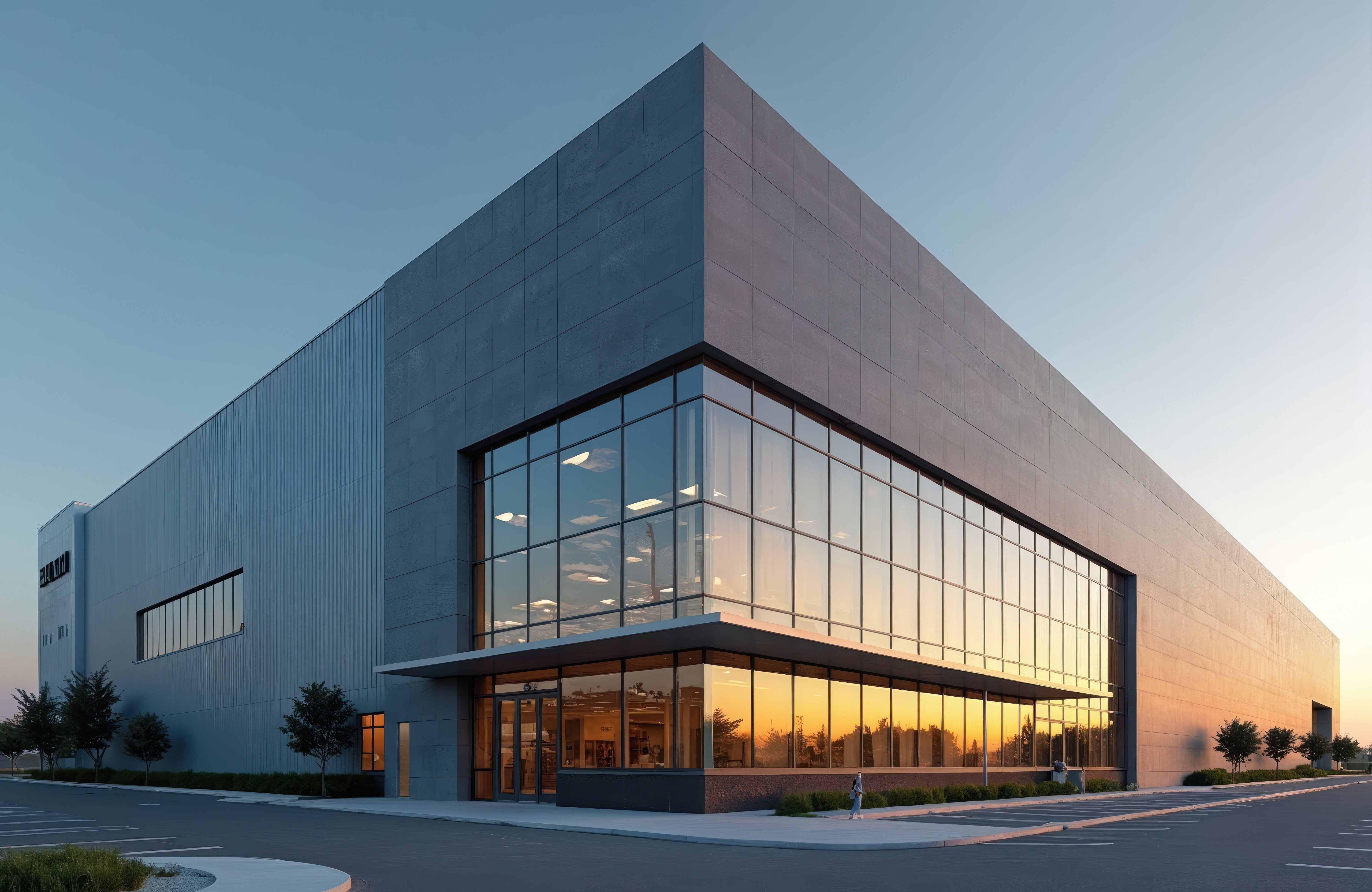Strategies to Optimize Real Estate Spend Without Sacrificing Performance
For most organizations, real estate is the second or third largest expense after payroll. Office space, in particular, often represents a significant long-term commitment—making it a prime area for cost optimization. But lowering occupancy costs doesn’t just mean paying less rent. It means making smarter, data-driven decisions that align space strategy, operations, and business goals.
At Keyser, we help occupiers around the world—across office, warehouse, manufacturing, medical, and retail environments—use analytics, negotiation strategy, and conflict-free representation to reduce total occupancy cost while enhancing productivity and flexibility.
1. Treat Every Renewal Like a New Lease
One of the most effective ways to lower occupancy cost is to treat your renewal as a new buying decision. Many companies lose leverage by signaling early intent to stay. This can limit negotiation power and reduce landlord concessions.
By creating a competitive environment—evaluating multiple alternatives, requesting proposals, and benchmarking rates—you can unlock better terms even if you ultimately stay in place.
Keyser’s AI-enabled market intelligence compares lease rates, incentives, and operating costs across comparable properties in real time, ensuring clients negotiate from a position of strength.
2. Right-Size Your Space
Post-pandemic workplace dynamics have changed how much space companies truly need. Hybrid work, flexible schedules, and improved space design can often reduce square footage by 10–30% without sacrificing collaboration or culture.
Keyser’s workplace strategy and space planning teams model various occupancy scenarios—combining data on headcount, utilization, and growth—to identify the optimal footprint for your needs.
3. Focus on Total Cost, Not Just Rent
Base rent is only part of the picture. To truly lower occupancy cost, evaluate total cost of occupancy (TCO), which includes:
- Operating expenses (OPEX) and common area maintenance (CAM)
- Utilities and energy efficiency
- Parking and amenities
- Tenant improvement (TI) amortization
- Technology, furniture, and move-related expenses
Even small adjustments in lease structure, expense caps, or space efficiency can deliver substantial long-term savings.
4. Leverage Economic Incentives and Market Conditions
Landlords, municipalities, and economic development agencies often provide incentives for tenants that create jobs, invest in infrastructure, or commit to long-term leases.
Keyser’s global team uses AI and economic modeling to identify where these opportunities exist—whether it’s a tax credit for manufacturing space, a tenant improvement allowance for medical offices, or free rent concessions for large-scale office relocations.
5. Optimize Operations and OPEX Performance
Beyond lease terms, operational efficiency is key. Benchmarking your OPEX costs against market averages can reveal hidden savings in areas like maintenance, utilities, and service contracts.
Keyser’s proprietary benchmarking tools help clients compare building performance globally—across all asset classes, including office, warehouse, medical, and manufacturing space—ensuring expenses stay competitive and transparent.
6. Partner With a Conflict-Free Advisor
A true occupier advocate ensures that every dollar spent aligns with your interests, not the landlord’s. Because Keyser exclusively represents tenants and buyers, we eliminate the conflicts that can arise when a firm also represents property owners.
Our only priority is helping you make the best decision for your business—balancing cost, performance, and flexibility.
The Keyser Advantage
With over 600 professionals worldwide, including international partners, Keyser delivers the same full range of global real estate services—tenant representation, site selection, financial analysis, project management, and workplace strategy—as any global firm.
The difference is alignment.
The result is savings.
And the strategy is AI-enabled, conflict-free, and data-driven.
Lowering occupancy costs isn’t just about spending less—it’s about investing smarter.





